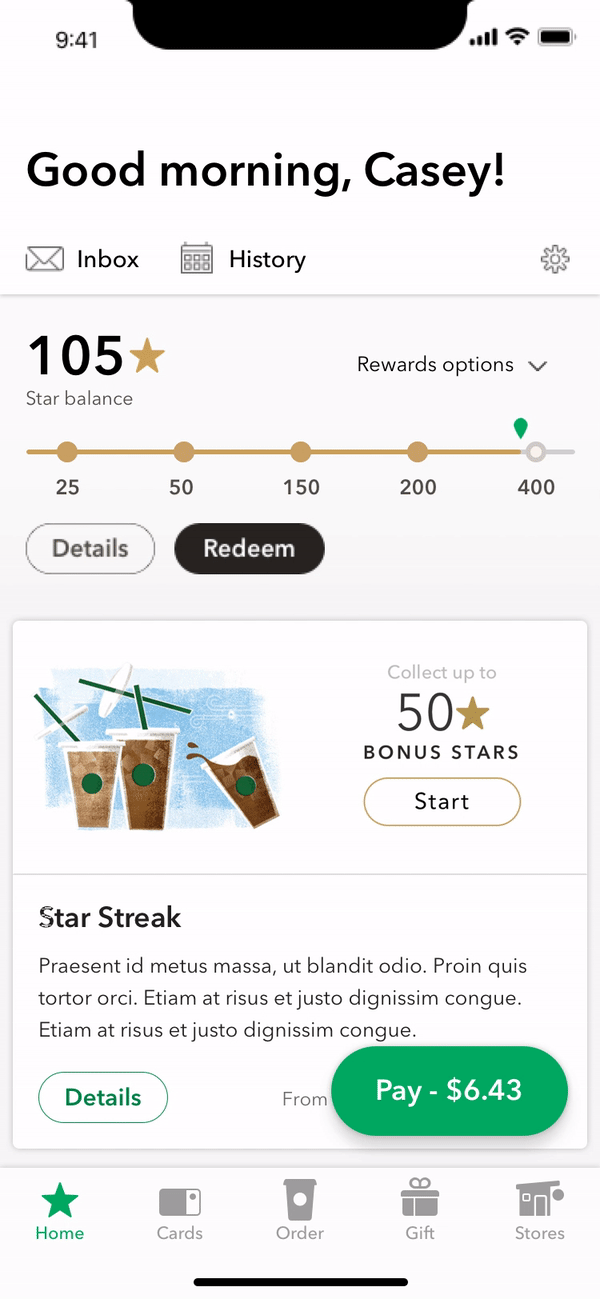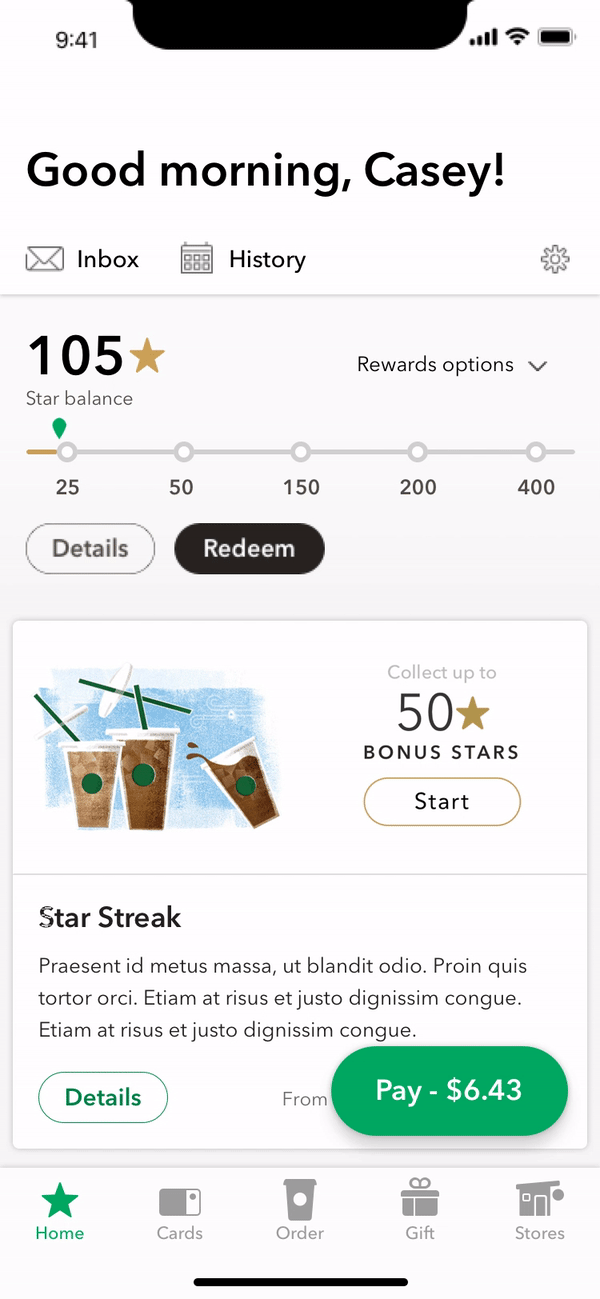Imagine this: You’ve invested a ton of time and resources into developing the perfect loyalty program for your business. You’ve carefully curated rewards, launched a slick app, and promoted it across every channel. But despite all that effort, the program just isn’t delivering the goods – your existing customers aren’t returning for more.
Sound familiar? This frustrating scenario plays out for businesses all over the world. Customer loyalty programs are supposed to be the secret sauce for fostering long-term relationships and keeping customers coming back for seconds. But far too often, they fall flat and fail to drive that coveted repeat business.
Is My Business Just Not Cut Out for Loyalty Programs?
Before you resign yourself to the idea that loyalty programs simply won’t work for your business, consider this: virtually any company that provides products or services to customers can benefit from an effective loyalty initiative. The key lies in truly understanding your customers’ preferences, pain points, and what motivates them to remain loyal. With the right approach and willingness to adapt based on data and feedback, you can craft a loyalty program that resonates with your audience and drives valuable repeat business. It starts with an open mind and a commitment to getting it right.
Common Shortfalls of Loyalty Programs
Why do so many loyalty programs miss the mark? Here’s a look at the common pitfalls that turn loyalty programs into little more than a hassle for you and your customers.
Lack of Personalization
One major issue is the lack of personalization. As customer expectations shift towards more personalized experiences, generic loyalty programs often fail to resonate with customers. Many loyalty programs offer a one-size-fits-all approach, providing the same rewards and communications to all customers, regardless of their needs or purchasing patterns. This lack of personalization can lead to disengagement and a diminished sense of value for the program.
To personalize loyalty programs, businesses should consider utilizing a customer incentive platform (like Ambassador) that provide tools for analyzing customer data to tailor incentives and create personalized reward offerings as well as targeted communication. Even just name personalization on rewards can go a long way. For example: “Thanks for being a valued customer, Sarah. Here is your gift.”
Ineffective Rewards Structure
Another challenge is an ineffective reward structure. Many loyalty programs fail to offer rewards that resonate with customers’ interests and desires. Common reward types, such as discounts, free products, or generic gift cards, may not be compelling enough to drive repeat business. Customers often seek more meaningful or customized rewards that align with their specific interests and lifestyles.
The first step is to understand your customers. And how do you do that? Talk to them. What’s valuable to them? Do they want discounts, gift cards, a raffle for a trip to Disney? Talk to customers one on one, conduct surveys, and they will share what they want.
To design an attractive and motivating rewards structure, businesses should:
- Utilize a customer incentive platform that lets you offer a diverse range of rewards, including exclusive access, swag, experiential rewards, cash payouts, and personalized offers, to cater to different customer preferences.
- Implement a tiered loyalty program structure, where higher tiers unlock more valuable and exclusive rewards, incentivizing customers to engage more with the brand.
- Provide tiered exclusive offers, events, or experiences that are only accessible to certain loyal customers, creating a sense of exclusivity and enhancing the perceived value of programs.
For some more detailed information on loyalty programs, check out our detailed guide below.
Complicated Program Mechanics
Complicated program mechanics can also deter customer participation and create unnecessary friction. Loyalty programs should be simple to sign up for, and provide easy-to-understand benefits. Programs with convoluted rules, confusing point systems, or complicated redemption processes can discourage customers from participating. To simplify program mechanics, businesses should communicate program rules, earning structures, and redemption processes in a transparent and easy-to-understand manner. Additionally, streamlining the redemption process and providing regular, clear communication about program updates and changes can help keep customers informed and engaged.
Simple is good. Depending on your market, it’s often better to go simple. Think about a program you would sign up for. If it’s too complicated to understand in a few seconds, would you even bother? But, if it’s simple and provides a clear benefit, it might be a no brainer. For example: “If I give my email to them, I’ll get a $1 credit for every coffee I purchase in the future.” That’s it.
Poor Promotion and Communication
Effective communication is key to loyalty program success. Customers must understand the program’s benefits and receive regular updates to stay engaged. However, many businesses struggle with poor practices like infrequent updates, unclear messaging, or lack of promotion across channels – leading to disengagement and lack of awareness.
Promoting engagement in your customer engagement platform is also crucial. Successful programs require ongoing participation to maintain interest. Disconnected customers are less likely to engage or redeem rewards, exhibiting signs like low redemption rates and minimal interaction with communication materials.
Think about gamification, too. What makes a loyalty program exciting? Is it just the monetary value of the program, or is it because it makes you feel special? Or accomplished?
Consider one of the golden examples of loyalty, Starbucks.


The app does a great job of making it clear when you are being rewarded, and what your rewards (stars) can get you. If you’re curious about the Starbucks loyalty app, check out this design case study, from a member of the Starbucks team.
Back to the point; to improve communication and engagement, businesses should:
- Provide regular multichannel updates, reminders, and engaging content highlighting program benefits and success stories.
- Incorporate interactive, gamified elements like challenges, leaderboards, and exciting design to boost engagement.
- Leverage social media to build communities, spark conversations, and host exclusive events fostering customer connections.
The last reason loyalty programs fail: Inadequate Data Utilization
Data plays a crucial role in optimizing loyalty programs and ensuring their effectiveness. By collecting and analyzing customer data, businesses can gain valuable insights into customer preferences, behaviors, and engagement levels. However, inadequate data utilization can lead to missed opportunities for personalization, ineffective reward offerings, and a lack of understanding of what motivates customers to engage with the loyalty program.
To effectively utilize data, businesses should:
1. Implement systems and processes (like a customer engagement platform) to collect customer data, such as purchase history, browsing behavior, and demographic information. Not to spy, but to target your customers with customized experiences and rewards they would like.
2. Gather your data insights, reports, and performance data.
3. Leverage your data insights and make informed decisions about reward offerings, program mechanics, and communication strategies, ensuring they align with customer preferences and behaviors.
Revive Your Loyalty Program with Ambassador’s All-in-One Solution
If your loyalty program is falling short, it may be time to partner with a loyalty provider like Ambassador. We are an all-in-one solution that turns one-time customers into lifelong brand loyalists, and provide you with a high ROI. Our versatile platform boosts purchase frequency, drives repeat buyers, and maximizes customer lifetime value for the world’s fastest-growing brands.
Check out some of our Case Studies and Reports here.
With Ambassador’s customer engagement platform, you can easily enroll customers, engage loyalists with customizable rewards, drive repeat purchases through irresistible incentives, and re-engage inactive members – all within a single intuitive interface. Backed by powerful data insights, A/B testing capabilities, and integrations, Ambassador provides everything you need to revitalize your loyalty strategy.
Don’t let your program stagnate any longer. Take these tips to heart, or get some help and leverage Ambassador’s industry-leading loyalty solution to unlock your business’s full growth potential. Regain control, retain valuable customers, and experience the revenue-boosting power of real brand loyalty. Or, read on and learn more!
Looking for a step-by-step guide to loyalty programs? Check out our 6 step guide here.
